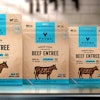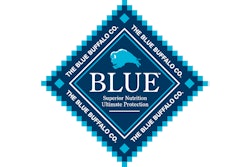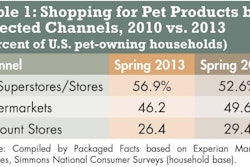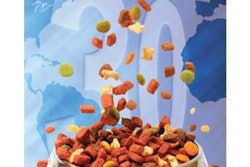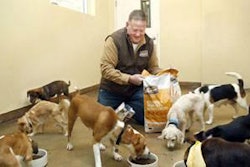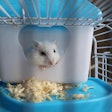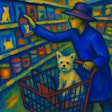Procter & Gamble and Colgate-Palmolive have both been facing similar market challenges in the pet care market as of late. Mars and Nestle are consolidating their positions in the global petfood market, together accounting for 50% of value sales, and small and medium-sized companies in the industry are fragmenting the premium end of the market, where Procter & Gamble and Colgate-Palmolive have traditionally derived the bulk of their sales.
According to Euromonitor, in 2008 Procter & Gamble and Colgate-Palmolive both accounted for 6% of global sales, but their shares began to fall in 2010. However, by 2012, Colgate-Palmolive had stopped its decline, while Procter & Gamble continued to face challenges-challenges which continue into 2013. Procter & Gamble has faced voluntary recalls throughout the year due to suspected Salmonella, and net sales in the company's healthcare division (which includes petfood) were down 1% during the three months ending in September as a result. Furthermore, Procter & Gamble remains strong in the premium segment of the North American dog and cat food market, accounting for 19% of value sales in 2012, but this figure stood at 24% as recently as 2008, according to Euromonitor. The company is also weak in emerging markets, accounting for 1% of value sales of dog and cat food in the expanding Latin American and Eastern European markets in 2012. Its global market share of petfood fell from 6% to 5% between 2008 and 2012, and is expected to fall again in 2013.
Colgate-Palmolive, in contrast, has seen successes in conjunction with its challenges. The company's Hill's pet care unit saw organic sales expand by 6% year-on-year during the third quarter, with volume gains in the US and Russia partly offset by volume declines in Japan. However, higher raw and packaging material costs, as well as increased investment in customer development initiatives and advertising, saw its operating profit decrease by 6%, to US$138 million, during the quarter. Its profit margin fell by 250 basis points, to 25.3% of net sales, according to Euromonitor.
Colgate-Palmolive has credited much of its growth to the successful launch of a new natural petfood brand, Hill's Ideal Balance, in the US, in addition to the global launch of Hill's Prescription Diet Metabolic and the re-launch of Hill's Science Diet with natural ingredients and an improved taste. Unlike Procter & Gamble, which acquired Natura in 2010 to tap the natural petfood market, Colgate-Palmolive has adapted to the shift in consumer preference towards natural products in petfood. The company has reoriented its research and development and branding strategies, taking into account both changes in consumer preference and the positioning of its emerging rivals.
In 2013, the market could see Colgate-Palmolive pass Procter & Gamble to become the second largest player (behind Nestlé) in the North American premium dog and cat food market (its value share stood at 18% in 2012), and with companies like Blue Buffalo continuing to expand rapidly (increasing its share from 3% to 8% between 2008 and 2012), Procter & Gamble would seem to have more challenges ahead if it wants to remain competitive.
